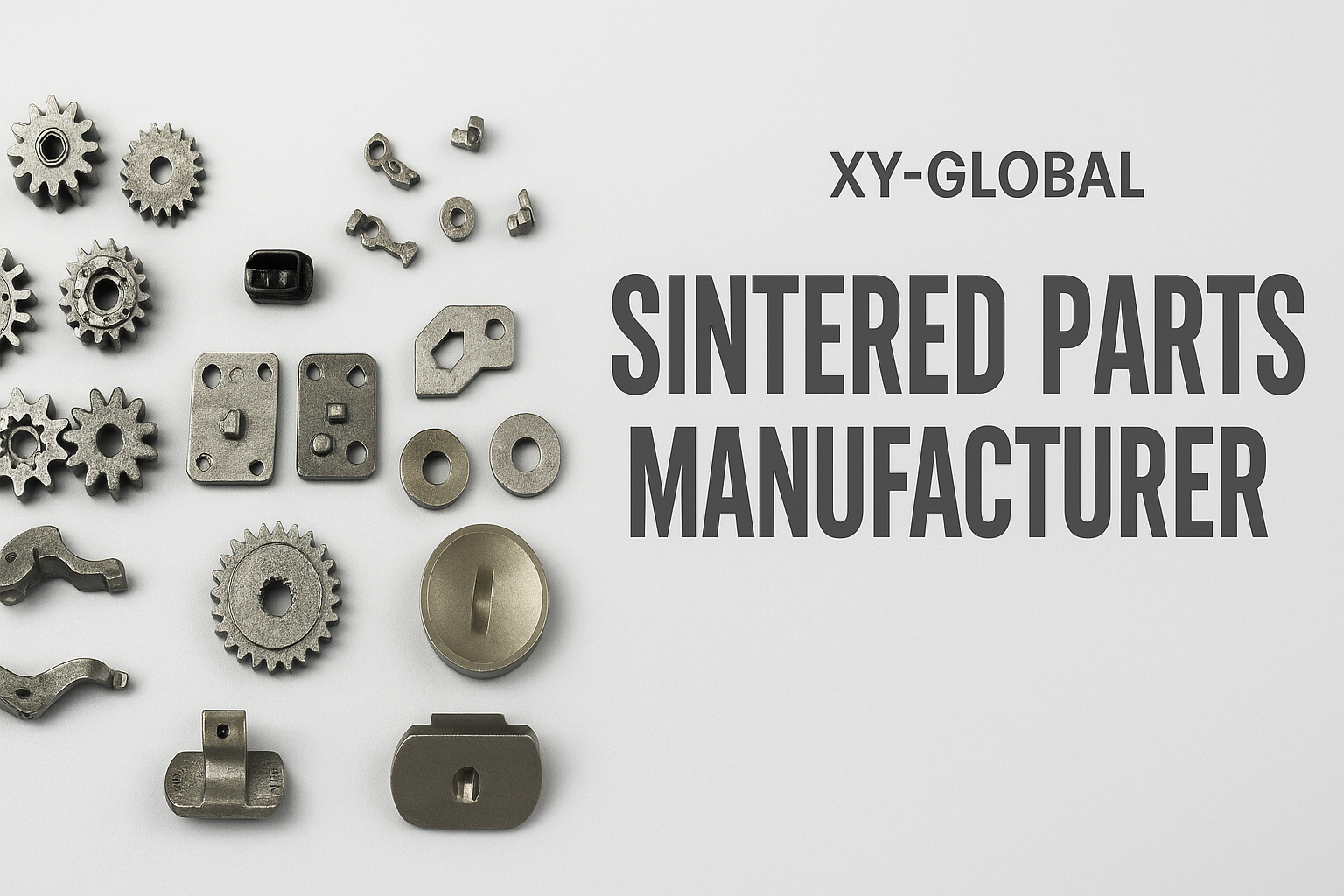3D glass hot bending has basically been determined to use graphite molds, which adds a graphite processing process to CNC. Due to the nature of graphite materials, not all CNCs can process it. There are many issues that need to be paid attention to in terms of equipment selection, fixture design, tool selection, etc. It is reported that graphite molds account for about 20% of the bad rate of hot bending.

I. What "preparation work" needs to be done before graphite CNC processing?
1. Choose the right graphite processing equipment(1) The dust suction strength should be high. Graphite processing has very strict requirements on the machine. Powder not only causes damage to the machine, but also to people. Therefore, the recommendations for the dust suction strength of the equipment are:
- The inverter controls the operation of the vacuum cleaner to reduce the vibration source
- The vacuum port is close to the processing area for rapid dust suction
- The timed dust blowing design allows the graphite dust settled in the corner to be blown up and sucked away, and will not remain inside the machine
- The tool magazine door is equipped with a blowing device to prevent graphite dust from entering the tool magazine and sticking to the tool handle to affect the processing accuracy
(2) The sealing of the machine tool is very important. The sealing of the tool magazine, including the sealing of the Y-axis design, must be very strict. If the sealing of the machine tool is not done well, the equipment will enter dust. Basically, it will not exceed 3 months, and some electronic components will slowly damage. It is recommended to integrate the Y-axis dust cover design to upgrade the protection performance.
(3) Generally, solid guide rail oil is used for graphite equipment. The reason why graphite guide rail oil still drips is that the oil will settle over time and produce waste oil. The waste oil will also slowly drip into the graphite or the machine. Suggestions:
- Once the guide rail oil drips onto the graphite surface, it will damage the material;
- Use an oil drip recovery device to regularly absorb the oil and recycle the waste oil.
2. Design a good processing fixture
3. Choose a good tool
The difficulty of graphite processing is also on the tool. The tool wears very quickly. Ordinary domestic tools only last 3-4 hours, and better ones last 5 hours. Imported tools from abroad last about 6-8 hours. When choosing a tool, try to choose a flat-bottomed R-shaped tool, and don't choose a flat-bottomed tool (when roughing and finishing). Because the tip of a flat-bottomed tool is sharp, the graphite cut out will break easily. Graphite is relatively hard and brittle. If you cut it with a too sharp tool, it will break easily. Therefore, we now choose tools with a little R angle (0.5R or 0.2R) when cutting.
Ball cutters are generally used for fine finishing. The R cutter with the greatest loss is shown in the figure below. It takes 2 hours to process a set of molds, and 3 hours to make fine molds. Now China is also working hard to study the material and coating of the tool, hoping that its processing time will be longer and the cost will be reduced.

II. What problems will be encountered in graphite CNC processing and how to solve them?
1. Cutting line problem
- Tool problem: It is recommended to use high-quality tools as much as possible. At present, it is better to import more tool materials and coating formulas. The material and coating of domestic tools are still under in-depth research.
- Post-processing: Cooperate with the special post-processing program of the CNC system.
2. Dark pattern problem Machine tools, tools, etc. will affect the accuracy and produce dark patterns.
- System problem: The system settings need to be adjusted, select the "high precision" mode, and cooperate with the system's special post-processing;
- Tool walking method: It is recommended to move two axes at the same time, rather than three axes at the same time. 45° generally uses three axes to move simultaneously. If the three axes move simultaneously, the effect is not so good and knife marks are likely to occur.













Share:
24 Common Metal Materials and Characteristics
What is Infiltration Powder Metallurgy